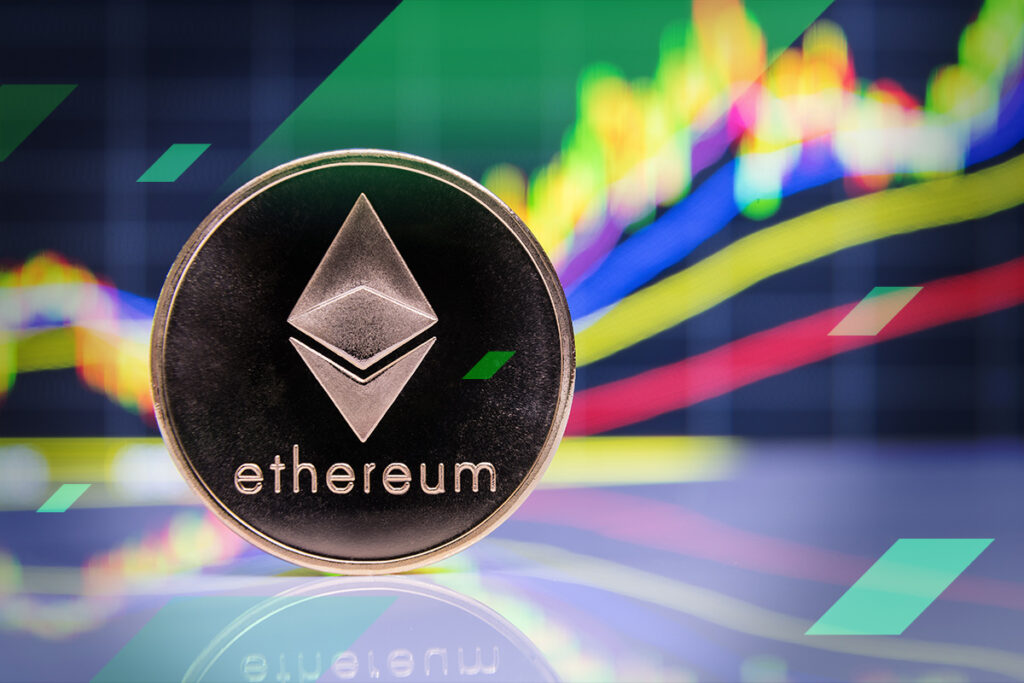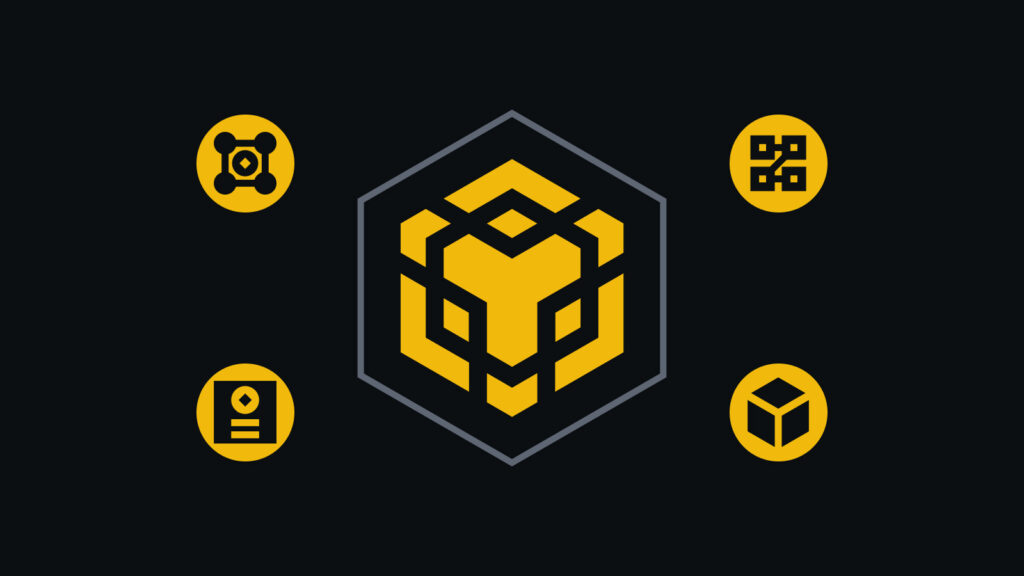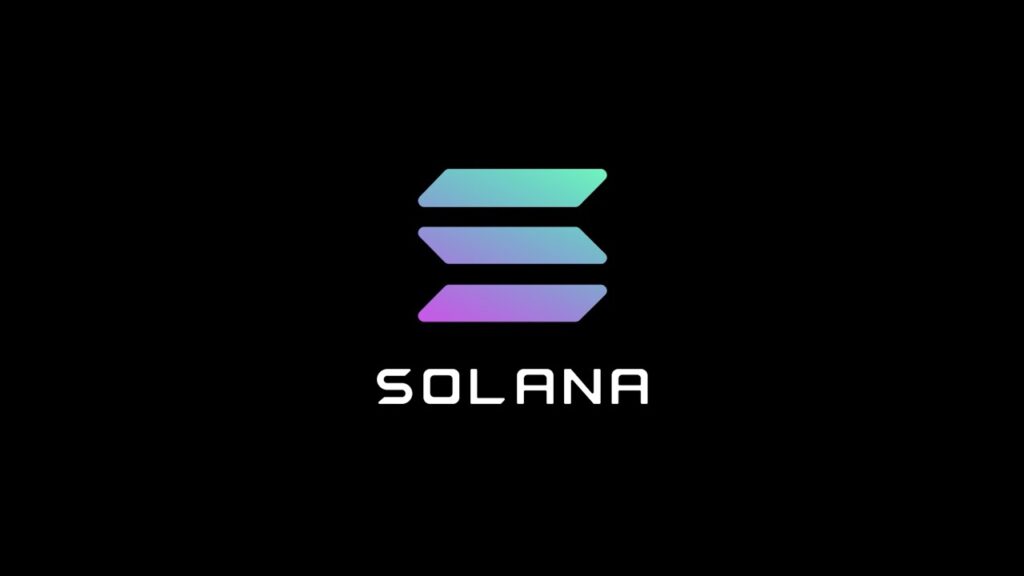Top 5 blockchain platforms for developers in 2024





Blockchain technology continues to revolutionize industries, from finance and healthcare to supply chain and gaming. For developers, choosing the right blockchain platform is critical to building scalable, secure, and innovative applications. As we step into 2024, the blockchain ecosystem has evolved significantly, with new platforms emerging and existing ones upgrading their capabilities.
In this article, we’ll explore the top 5 blockchain platforms for developers in 2024, highlighting their unique features, use cases, and why they stand out in the competitive blockchain landscape.

1. Ethereum
Ethereum remains the undisputed leader in the blockchain space, thanks to its robust ecosystem, developer-friendly tools, and continuous innovation.
Key Features:
- Smart Contracts: Ethereum pioneered smart contracts, enabling developers to build decentralized applications (dApps) with self-executing code.
- Ethereum 2.0: The transition to a Proof-of-Stake (PoS) consensus mechanism has significantly improved scalability and energy efficiency.
- ERC Standards: Ethereum’s token standards, such as ERC-20 and ERC-721, have become the foundation for creating fungible and non-fungible tokens (NFTs).
- Developer Tools: Tools like Truffle, Hardhat, and Remix make it easy for developers to write, test, and deploy smart contracts.
Use Cases:
- Decentralized Finance (DeFi) platforms like Uniswap and Aave.
- NFT marketplaces such as OpenSea and Rarible.
- Enterprise solutions for supply chain and identity management.
Why Choose Ethereum in 2024?
Ethereum’s massive developer community, extensive documentation, and proven track record make it the go-to platform for blockchain development. With Ethereum 2.0 fully operational, developers can expect faster transaction speeds and lower gas fees.

2. Binance Smart Chain (BSC)
Binance Smart Chain has emerged as a strong competitor to Ethereum, offering high-speed transactions and low fees.
Key Features:
- Dual-Chain Architecture: BSC operates alongside Binance Chain, allowing users to leverage the benefits of both chains.
- EVM Compatibility: BSC is compatible with the Ethereum Virtual Machine (EVM), making it easy for developers to port their Ethereum dApps.
- Low Transaction Fees: BSC’s fees are significantly lower than Ethereum’s, making it ideal for high-frequency transactions.
- Staking and Governance: BSC supports staking and decentralized governance through its native token, BNB.
Use Cases:
- DeFi platforms like PancakeSwap and Venus.
- Gaming and NFT projects.
- Cross-chain interoperability solutions.
Why Choose BSC in 2024?
BSC’s low fees and high throughput make it an attractive option for developers building cost-effective dApps. Its growing ecosystem and strong backing from Binance ensure continuous innovation and support.

3. Polkadot
Polkadot is a next-generation blockchain platform designed to enable interoperability between different blockchains.
Key Features:
- Interoperability: Polkadot’s relay chain allows multiple blockchains (parachains) to connect and share data seamlessly.
- Scalability: By distributing transactions across multiple parachains, Polkadot achieves high scalability.
- Substrate Framework: Substrate is a modular framework that simplifies blockchain development, allowing developers to customize their chains.
- Governance: Polkadot’s on-chain governance model ensures decentralized decision-making.
Use Cases:
- Cross-chain DeFi applications.
- Decentralized identity and data management systems.
- IoT and supply chain solutions.
Why Choose Polkadot in 2024?
Polkadot’s focus on interoperability and scalability makes it a top choice for developers building multi-chain applications. Its innovative architecture and strong community support position it as a leader in the blockchain space.

4. Solana
Solana has gained immense popularity for its high-speed transactions and low fees, making it a favorite among developers.
Key Features:
- High Throughput: Solana can process up to 65,000 transactions per second (TPS), thanks to its unique Proof-of-History (PoH) consensus mechanism.
- Low Fees: Transaction fees on Solana are a fraction of a cent, making it ideal for microtransactions.
- EVM Compatibility: With the Neon EVM, Solana supports Ethereum-compatible smart contracts.
- Developer Ecosystem: Solana offers a wide range of tools, including the Solana CLI, Anchor framework, and Rust programming language support.
Use Cases:
- High-frequency trading platforms.
- NFT marketplaces and gaming applications.
- Decentralized social media platforms.
Why Choose Solana in 2024?
Solana’s unmatched speed and low fees make it a top choice for developers building high-performance dApps. Its growing ecosystem and focus on scalability ensure long-term viability.

5. Avalanche
Avalanche is a highly scalable blockchain platform known for its sub-second transaction finality and customizable blockchains.
Key Features:
- Sub-Second Finality: Avalanche achieves transaction finality in less than a second, ensuring fast and secure transactions.
- Custom Blockchains: Developers can create their own blockchains (subnets) with custom rules and virtual machines.
- EVM Compatibility: Avalanche’s C-Chain is fully compatible with Ethereum, allowing developers to deploy Ethereum dApps with minimal changes.
- High Scalability: Avalanche can process thousands of transactions per second, making it suitable for enterprise-grade applications.
Use Cases:
- DeFi platforms like Trader Joe and Benqi.
- Enterprise solutions for asset tokenization and payments.
- Gaming and NFT projects.
Why Choose Avalanche in 2024?
Avalanche’s unique architecture, high scalability, and focus on customization make it a top choice for developers building innovative and scalable dApps. Its strong emphasis on interoperability and enterprise adoption ensures its relevance in 2024 and beyond.
How to Choose the Right Blockchain Platform
With so many options available, choosing the right blockchain platform can be challenging. Here are some factors to consider:
- Use Case: Identify the specific requirements of your project, such as scalability, interoperability, or low fees.
- Developer Tools: Look for platforms with robust developer tools, documentation, and community support.
- Ecosystem: Consider the size and activity of the platform’s ecosystem, including dApps, users, and partnerships.
- Security: Evaluate the platform’s security features and track record.
- Cost: Factor in transaction fees, gas costs, and other expenses associated with development and deployment.
Conclusion
The blockchain landscape in 2024 is more diverse and innovative than ever, offering developers a wide range of platforms to choose from. Whether you’re building a DeFi platform, an NFT marketplace, or an enterprise solution, the top 5 blockchain platforms – Ethereum, Binance Smart Chain, Polkadot, Solana, and Avalanche – provide the tools and features you need to succeed.
By understanding the strengths and use cases of each platform, you can make an informed decision and stay ahead in the rapidly evolving world of blockchain technology.
